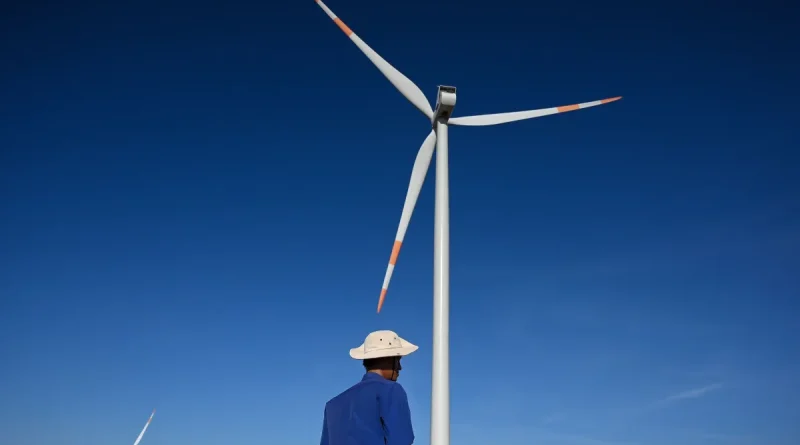Investors Pour $21 Billion into the Ongoing Energy Transition
The energy transition is encountering obstacles, with congressional Republicans blocking tax credits for clean energy and the Trump administration threatening to eliminate billions in grants.
However, signs indicate that this setback may not be as severe for the transition as the media portrays.
Investor confidence remains strong, illustrated by the launch of two substantial new funds, with a growing number of founders entering the industry. The key takeaway is that individuals and organizations are committing both financial resources and time, signaling that the energy transition is enduring.
This week, Brookfield, a Canadian infrastructure and asset management powerhouse, announced it has raised $20 billion for its second energy transition fund. They have already invested $5 billion into renewable energy projects and developers focused on solar, wind, and battery storage.
Notably, Brookfield has raised 33% more this time compared to their first transition fund in 2021, a period marked by zero percent interest rates and an overheated economy, leading to speculation of a clean energy bubble. The increased amount raised in a more cautious economic environment suggests that investors are optimistic about sustainable growth.
In addition, Energy Impact Partners (EIP) announced the closure of its third flagship fund this week, securing $1.36 billion in commitments, which is about 40% larger than its previous fund. EIP is a venture fund that invests in startups post-viability, with a median investment round of $26 million, according to PitchBook.
Climate tech—whatever the current buzzword—has seen an influx of new founders in the industry over the past five years, driven by an increasingly urgent climate crisis. While not all startups will succeed (as is typical in early ventures), many have flourished, encouraging investors to see potential in supporting their growth.
Techcrunch event
San Francisco
|
October 27-29, 2025
EIP has already allocated around 25% of its new fund into companies like GridBeyond, which specializes in managing distributed energy resources, and Quilt, a consumer-focused heat pump manufacturer.
Investment trends established over the past decade continue to prosper. Since 2014, major limited partners such as pension funds and endowments have committed nearly $1 trillion to the energy transition. While climate tech venture capitalists are on track to raise similar amounts to last year, they are exceeding the broader venture sector by securing a larger share of commitments. This year, they have obtained 3.8% of all venture capital, nearly double their share in 2020, as reported by PitchBook.
In the short term, the U.S. faces certain challenges.
The Trump administration is strongly opposed to the energy transition and actively seeks to reverse progress. As a result, the International Energy Agency (IEA) has lowered its U.S. renewable energy adoption forecast, predicting that the rollout from now until 2030 will be 45% lower than previous estimates.
Nonetheless, global renewable capacity is expected to double by 2030, driven by solar installations in China, India, the EU, and Sub-Saharan Africa.
The IEA is not alone in its predictions of a continued transition. Analysts at DNV predict that renewables will comprise 65% of global electricity by 2040 and nearly all by 2060.
While DNV noted that this will not be sufficient to achieve net-zero carbon emissions by 2050, transitions often involve ups and downs, and current momentum favors an increase in renewable energy rather than a decline.



